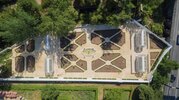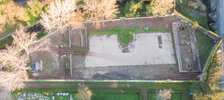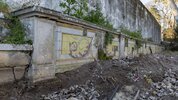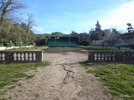The Botanical Garden of the National Palace of Queluz, Sintra
The Botanical Garden of the National Palace of Queluz, built around 1770, was destroyed in 1984 by a catastrophic flood. In 2012, a research project was undertaken, anticipating the possibility of an informed reconstruction of the garden, supported by the available documentation ...
Read more
Project details
Description:
The Botanical Garden of the National Palace of Queluz, built around 1770, was destroyed in 1984 by a catastrophic flood. In 2012, a research project was undertaken, anticipating the possibility of an informed reconstruction of the garden, supported by the available documentation and the identification of displaced elements of its masonry and ornamentation which were salvaged from the remains. The botanical collection was established with the support of Botanic Gardens Conservation International and involved several partners in Europe. The restoration was entirely self-financed by funds from Parques de Sintra, obtained exclusively from the income generated by visitors and entrance ticket sales. Archaeological excavations were carried out to provide further information prior to the reinstatement of each aspect of the garden and informed the conservators’ choices regarding the landscape design and architecture. The works included the reconstruction of four glasshouses and the restoration and conservation of painted tiles and masonry elements, such as the ornamental fountain and surrounding statues. These elements have returned to their original place in the garden. The restoration process included works on walls, pavements and the introduction of new energy, water management and security systems. An interpretation and education project was also created.
Similar projects
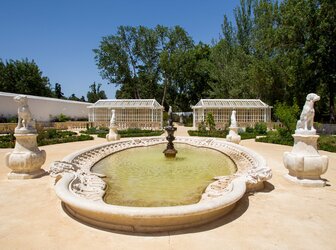
18th century
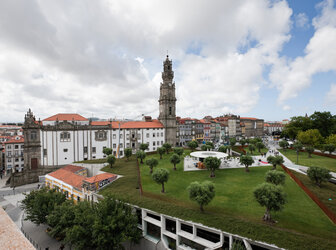
18th century
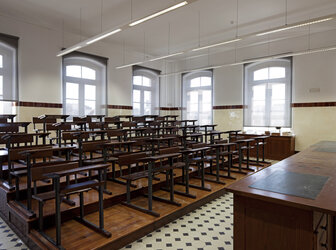
1882 - 1907
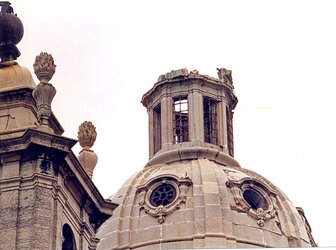
18th century

15th-16th century


13th century
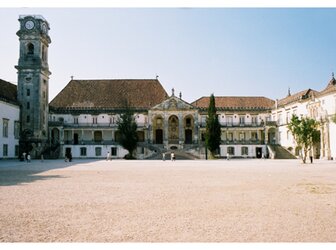
18th century
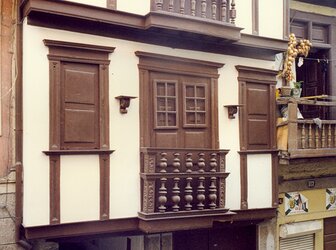
Middle Ages and 17th century
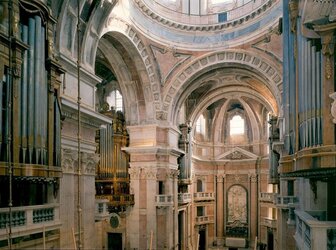
19th century
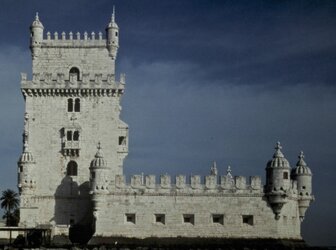
15th-16th century

17th-18th century

